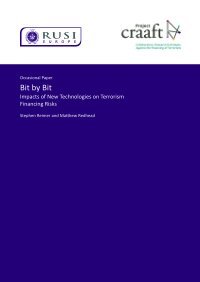By Ariel Bogle
As mainstream social media companies have increased their scrutiny and moderation of right-wing extremist (RWE) content and groups,1 there’s been a move to alternative online content platforms.2 There’s also growing concern about right-wing extremism in Australia,3 and about how this shift has diversified the mechanisms used to fundraise by RWE entities.4 This phenomenon isn’t well understood in Australia, despite the Australian Security Intelligence Organisation (ASIO) advising in March 2021 that ‘ideological extremism’5 now makes up around 40% of its priority counterterrorism caseload.6 Research by ASPI’s International Cyber Policy Centre (ICPC) has found that nine Australian Telegram channels7 that share RWE content used at least 22 different funding platforms, including online monetisation tools and cryptocurrencies, to solicit, process and earn funds between 1 January 2021 and 15 July 2021. Due to the opaque nature of many online financial platforms, it’s difficult to obtain a complete picture of online fundraising, so this sample is necessarily limited. However, in this report we aim to provide a preliminary map of the online financial platforms and services that may both support and incentivise an RWE content ecosystem in Australia. Most funding platforms found in our sample have policies that explicitly prohibit the use of their services for hate speech, but we found that those policies were often unclear and not uniformly enforced. Of course, there’s debate about how to balance civil liberties with the risks posed by online communities that promote RWE ideology (and much of that activity isn’t illegal), but a better understanding of online funding mechanisms is necessary, given the growing concern about the role online propaganda may play in inspiring acts of violence8 as well as the risk that, like other social divisions, such channels and movements could be exploited by adversaries.9 The fundraising facilitated by these platforms not only has the potential to grow the resources of groups and individuals linked to right-wing extremism, but it’s also likely to be a means of building the RWE community both within Australia and with overseas groups and a vector for spreading RWE propaganda through the engagement inherent in fundraising efforts. The funding platforms mirror those used by RWE figures overseas, and funding requests were boosted by foreign actors, continuing Australian RWEs’ history of ‘meaningful international exchange’ with overseas counterparts.
Barton, ACT: The Australian Strategic Policy Institute Limited, International Cyber Policy Centre 2021.36p.










